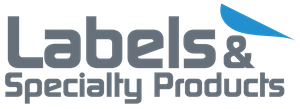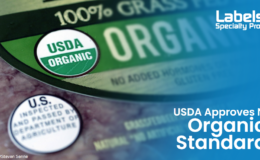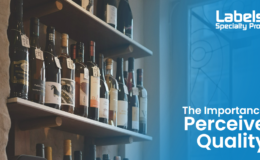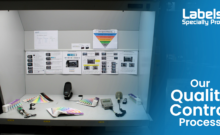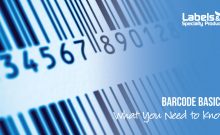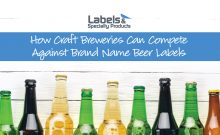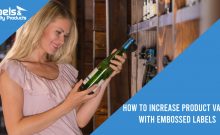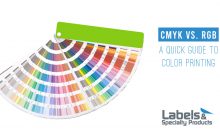Launching a new product is an exciting time for an entrepreneur. A lot of hopes and dreams are tied up in the journey from concept to market. You’re ready for customers to embrace your product and hopefully become ambassadors for your brand.
To achieve that a goal, a piece of advice I always share with marketers is to release a product that your customers want to show off. Choices made about product labels make a big impact on how your product is received.
There are four product labels design ideas every entrepreneur must consider when designing product labels:
- Appearance
Artisanal. High-value. Healthy. Luxurious. What are you trying to communicate about your brand? There are so many label options to help tell the right story about your product. And consumers often make purchase decisions largely on the look of the product.
It’s important to consider all your options while planning the overall packaging for your product. Too many times, designers create the layout for a new product’s label without considering the technical factors that can affect the final appearance.
Have you considered how your brand colors will reproduce on different materials? Do you need a custom die-cut? What printing process will generate the look you’re seeking? What label material works best with the product’s container? Would a three-dimensional printing process help your product stand out on the shelf?
- Texture
Just as important as what your product looks like is how it feels in the consumer’s hand. The texture of the product label should match the brand promise. A high-value spirit that features a deer’s head as part of its logo might have a label printed on rough material to accent a rustic feel. A silky skincare line can incorporate raised inks so the labels feel velvety to the touch. Would your product benefit from an embossed logo or artwork to create a rich tactile experience?
- Performance
Even if your product looks and feels great, it won’t matter if the label doesn’t stand up to the rigors of shipping, storage, and display. It’s important to test product labels in the conditions in which they will “live” to see if they perform properly. Any degradations to a label’s appearance is a warning sign to consumers that the product itself is likely subpar.
Environmental: Will your product be subject to cold, heat, humidity, moisture or condensation before it hits the shelf or is shipped directly to the consumer?
Packaging: Substrate is the technical term for the underlying layer or surface to which the label is applied. The selection of the right label material and adhesive should be driven by how they work with the packaging for your product, be it glass, plastic or paper-based.
- Legal
Depending on what product you’re marketing, it may require lengthy instructions, the information in multiple languages, warnings or disclaimers. Extended Content Labels (ECLs) are a great way to get added print space to communicate more information without increasing the size of the product package.
ECLs can serve as the main product label, or as an additional label added discretely to the back of the product. The labels typically fold out to display the information and can be applied with an adhesive that makes them easy to remove from the container. Stick to these product labels design ideas and you will be golden.
